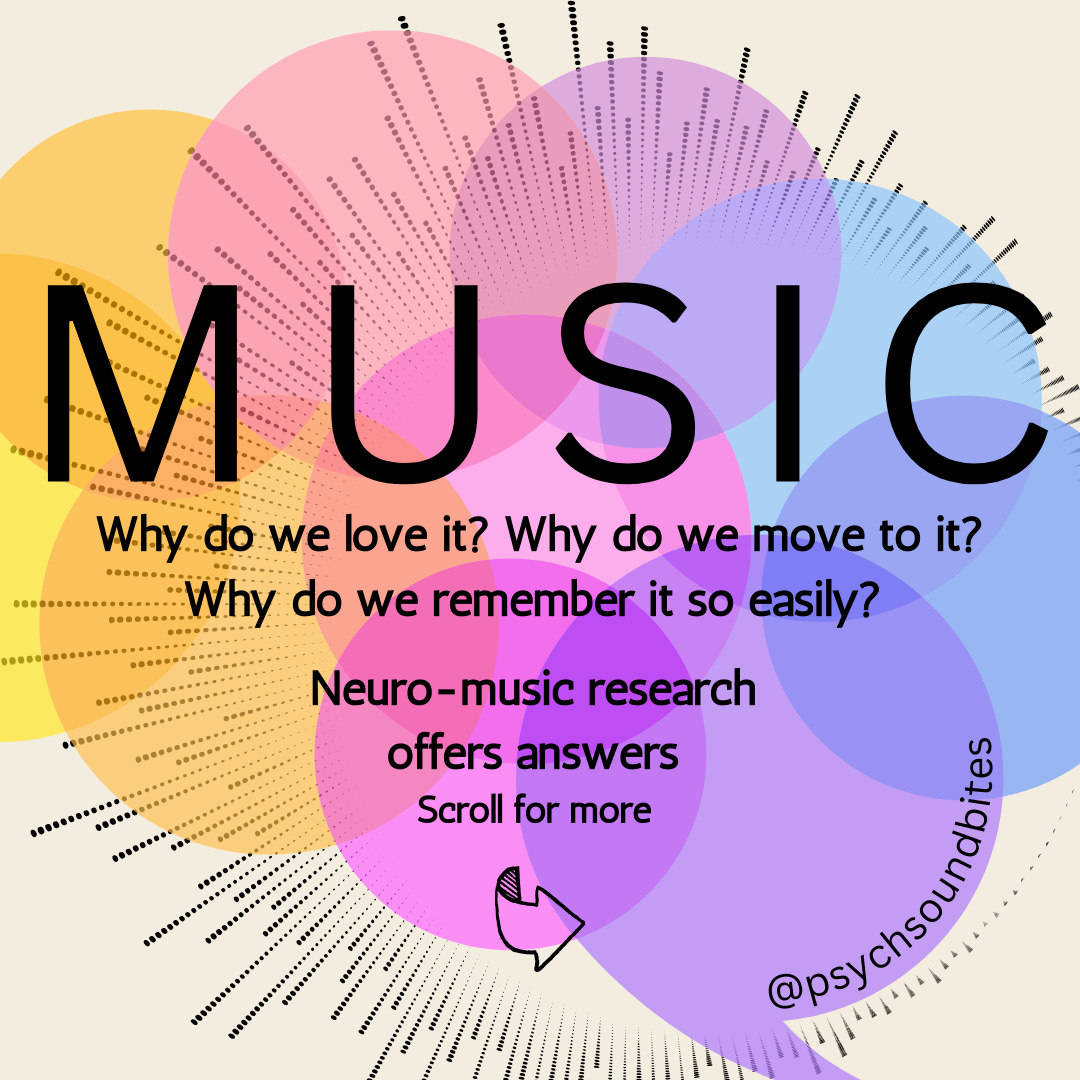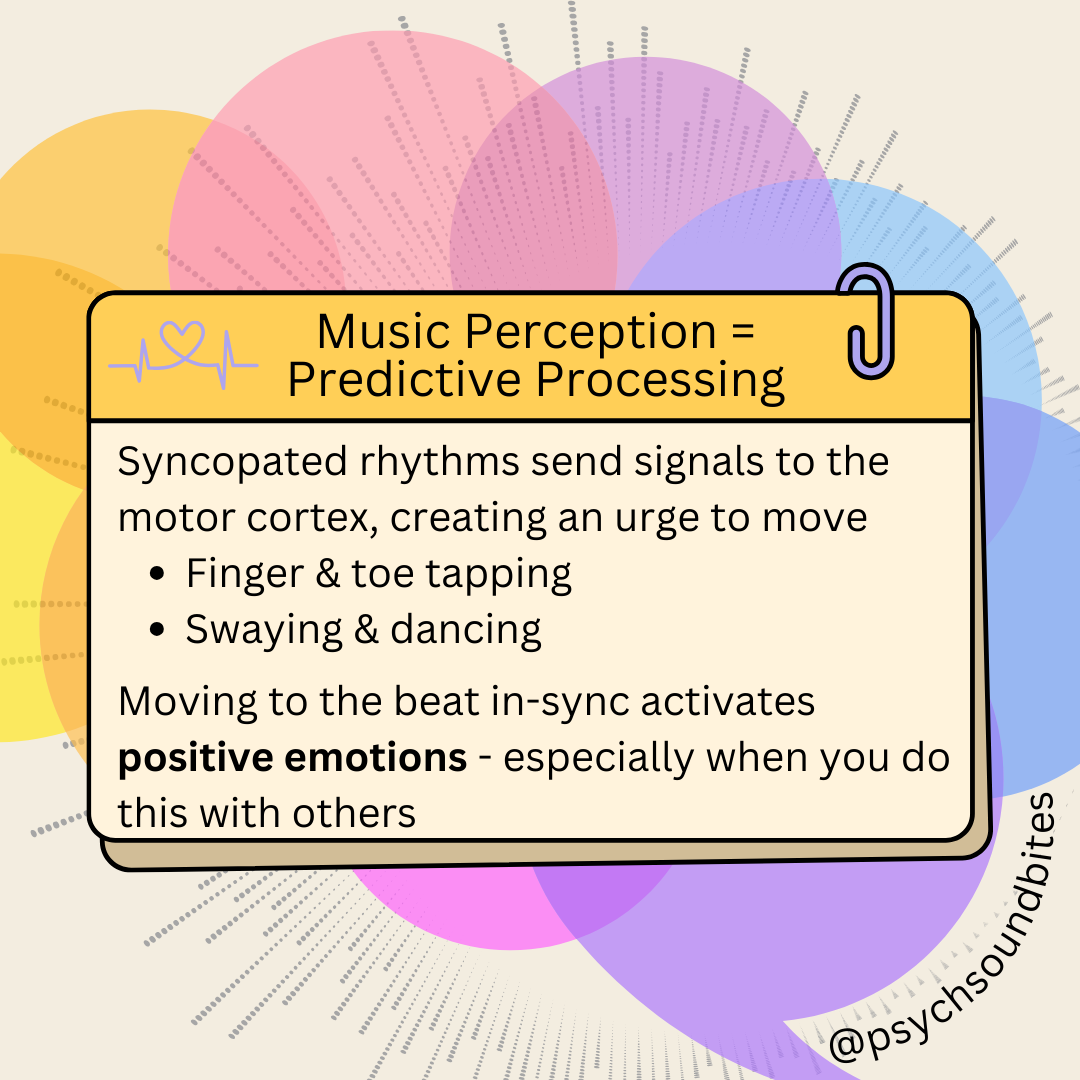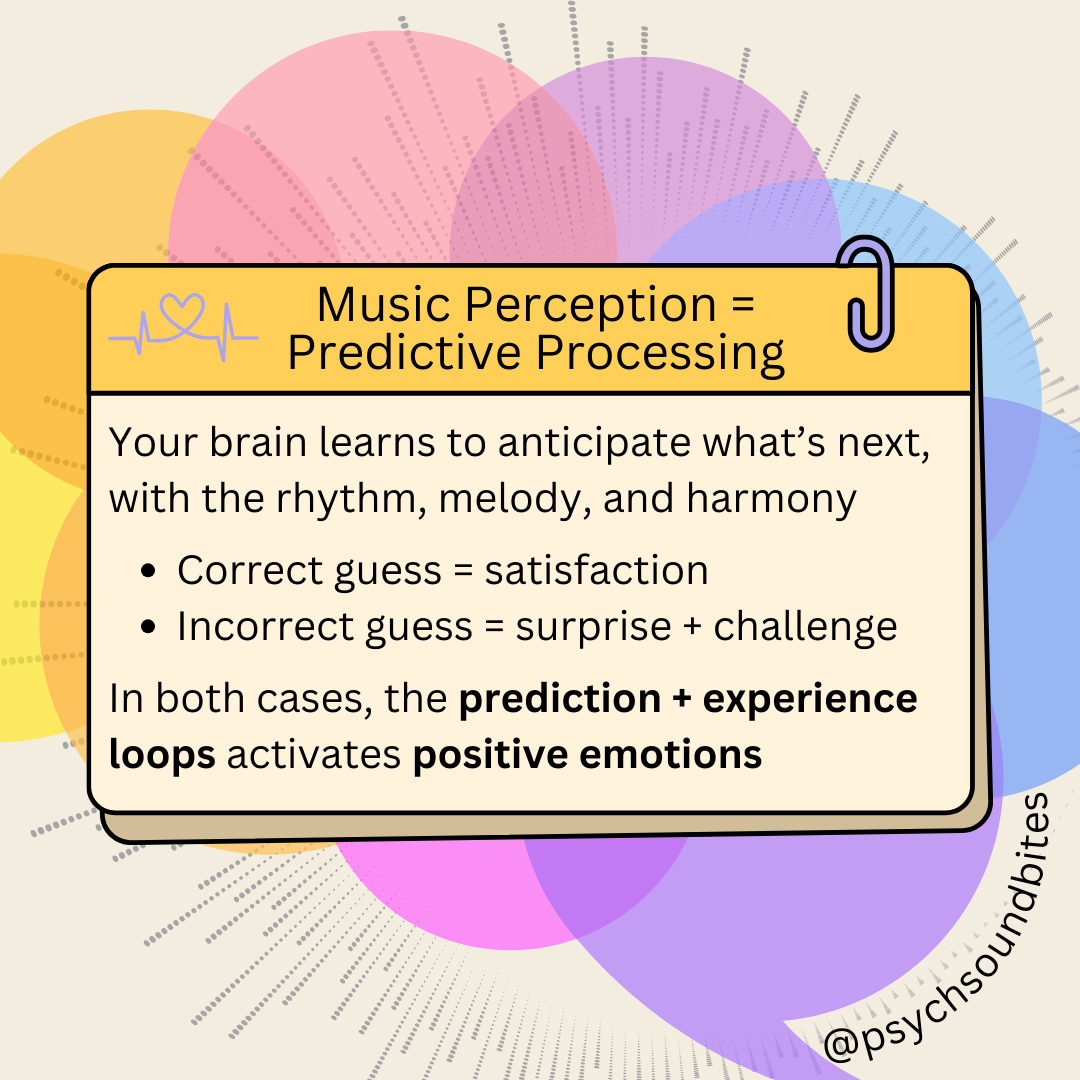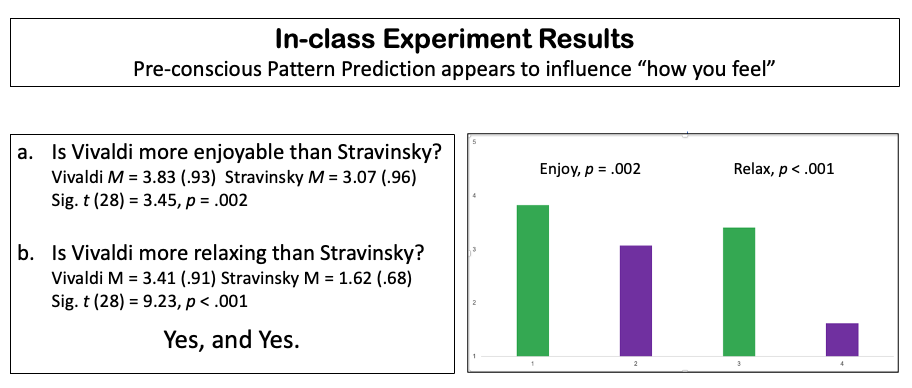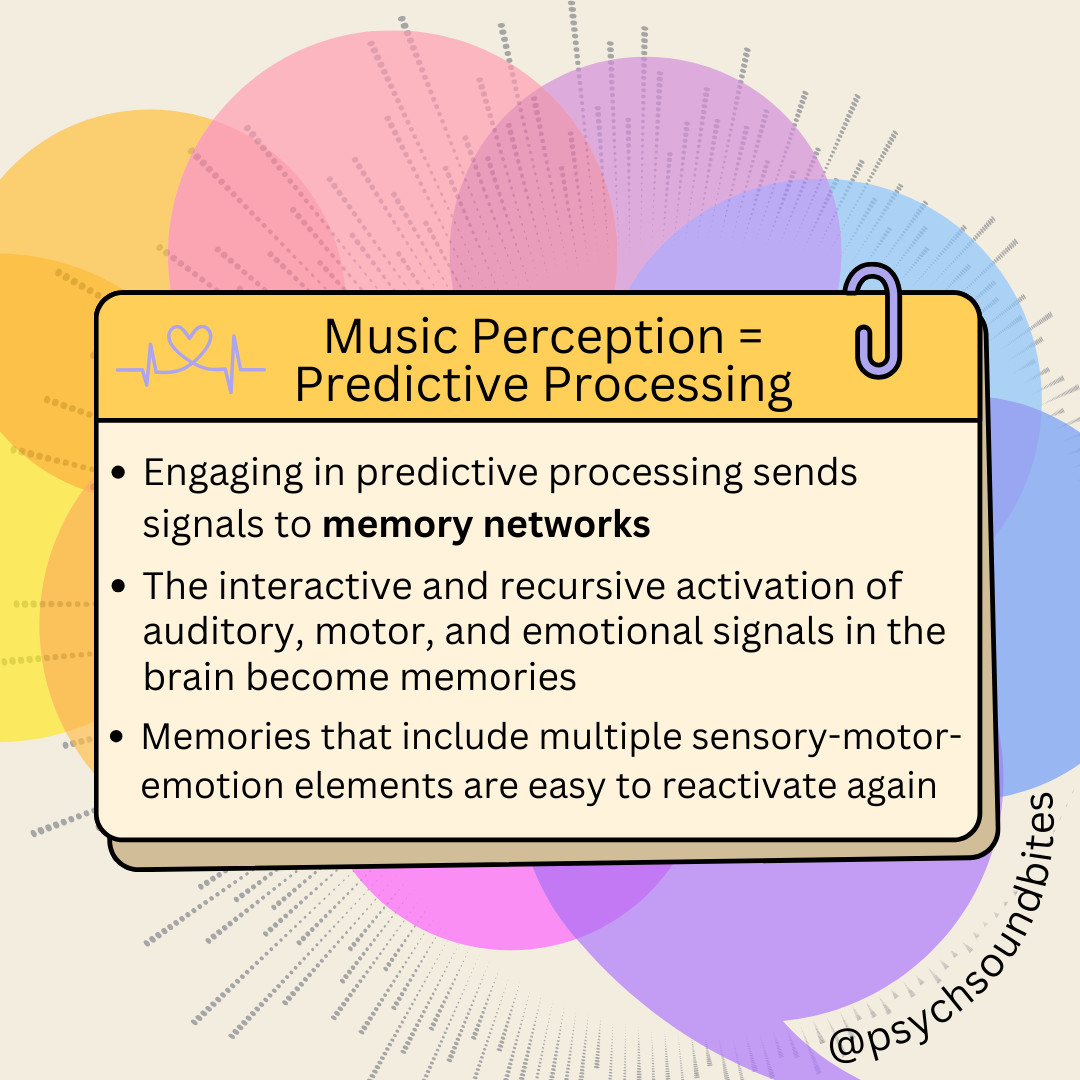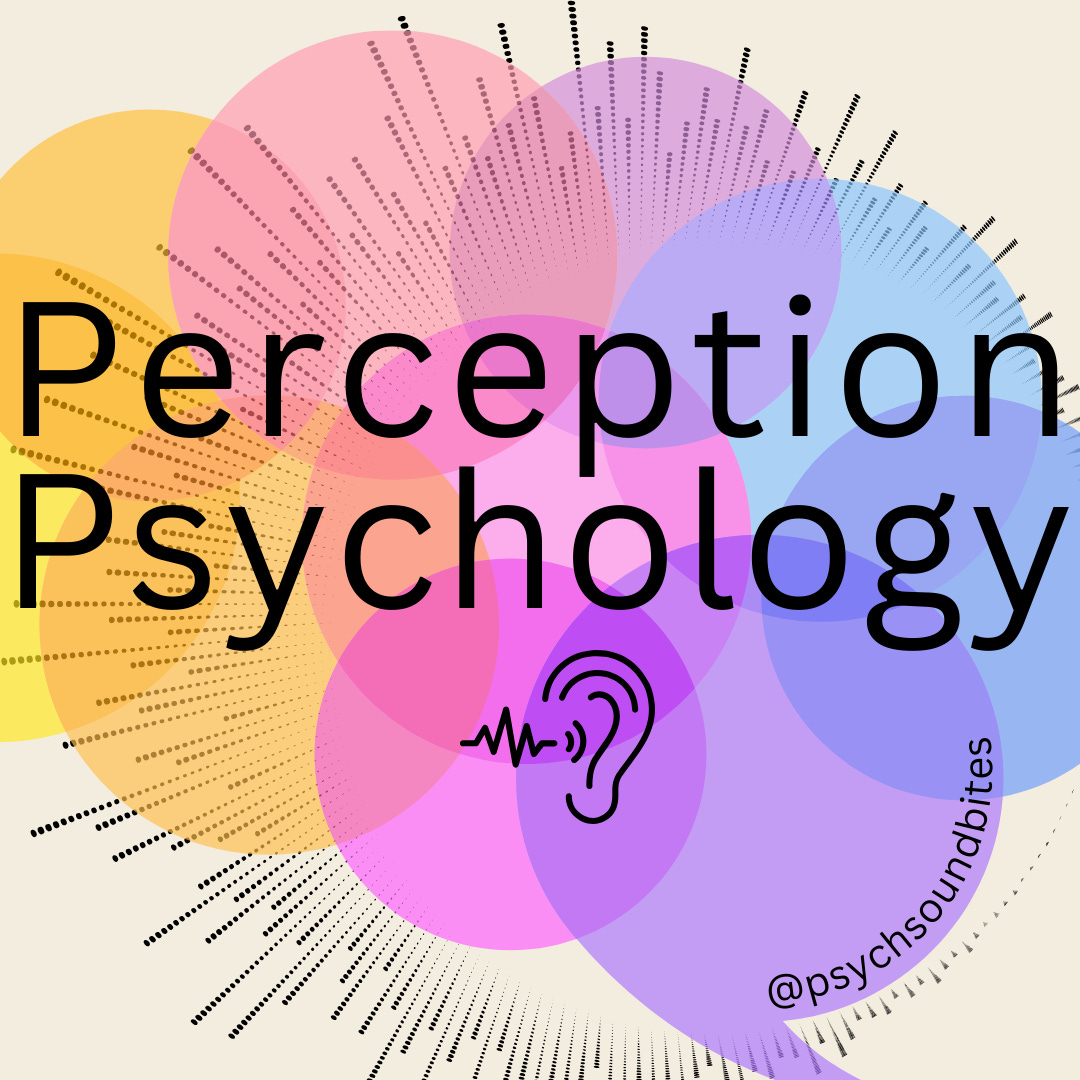Wildcard: Why do we love music?
Music perception research offers insight into a fav pastime of mine - is it one of yours, too?
Wildcard: Sometimes I write something just for fun, and then I see what I can do with it. This is one of those times. I’ve always loved music and I love the fact that I have a teenager in the house who not only plays beautiful violin music, but who also loves to listen to all kinds of different genres. We both love psychology and neuroscience too… and well, I think you can get the picture. Today’s newsletter brings together things we love, and I want to share them with you. Enjoy!
Why do we love music? The Psychology of Music Perception offers some answers.
Music is often dubbed “the universal language” for a reason: all cultures create it and music perception comes with a personal, natural experience of “feeling the music”. Music is indeed like verbal language in many respects. Music and verbal language are both rooted in rhythm and both include dynamic sound shifts. Whereas with music we call those dynamic sound shifts melody and harmony, in language we call those dynamic sound shifts prosody and words (or, rather, phonemes and morphemes). Both music and verbal language are sound waves that we learn to parse (perceive as discernible units) and create (speak, “make” or “play” music). Humans around the world (and across evolutionary time) have created different patterns of music and of language and we pass these patterns on from generation to generation. Our unique neuronal networks make the perception of — and manipulation of — sound waves possible. Our social tendencies make it possible to create local patterns of sound that become indelible markers of culture.
Neurology Basics: Dynamic Energy Flow and Prediction
Neural activation patterns in the brain are dynamic such that when a signal is received in the brain, a chain reaction of firing patterns follows. When sound waves register in the ear a signal is sent to the brain, “landing” in the auditory cortex. Activation of these cells initiates the flow of energy to surrounding areas. When it comes to music perception, energy flows in multiple directions. Firing patterns will head towards the motor cortex, towards emotion networks, and towards memory networks.
Brains become “tuned” to repeated activation patterns. When the same pattern is experienced over and over, the cell firing pattern becomes sensitized, meaning that it increases in the likelihood that the same pattern of cell firing will occur again in the future. This means that the brain comes to anticipate a pattern of activation and it will make energy more available to that pattern, and less available to other, less frequent patterns. This is, in part, how memories form. Our brains are aptly described as “prediction engines.”
Why do our brains “make predictions”? Because we are wired to easily learn how to react to what we perceive. To enable “reaction” both hearing and vision are closely linked to the part of the brain that regulations action (i.e., the motor cortex). We turn our heads to “see” what we “hear.” When we judge the value of what we perceive, we move in kind. The pathways of activation between hearing and moving are intertwined.
We are basically wired to love music. How does this work?
Rhythm is a regular pattern of sound waves. When we perceive a regular pattern, the firing of neurons in the brain will emulate that pattern, a process called entrainment. The cell firing pattern in the auditory cortex flows over to the motor cortex, creating a desire to move “in time” with that pattern. Finger tapping, toe tapping, swaying and dancing — these movements feel natural because of the ease of the flow of energy in our brain.
Fun fact about entrainment and the perception-action feedback loop: When two people experience the same sound waves and resultant entrainment, they feel more connected to each other too: they are vibing!
But there’s more to our love of music than entrainment and vibing. Prediction and patterns play a role, too. Once a pattern is detected, our brain starts to anticipate what’s next. When anticipation is correct, we feel pleasure for “getting it right.” But when the music takes an unexpected turn, we feel surprise, and we rise to the challenge of changing our predictions. Either way (correct or incorrect prediction), this process of prediction and experience is fun.
On a bit of a teaching whim, the other day in an undergraduate Cognitive Psychology class I decided to put this hypothesis to the test. I found two clips of music that differed in their predictability: Vivaldi’s Four Seasons, and Stravinsky’s Rite of Spring.
Vivaldi’s Four Seasons [e.g., Spring] is highly predictable
Stravinsky’s Rite of Spring is highly unpredictable
I played students a two minute clip of the music and asked them to respond to two questions after each:
On a scale from 1 - 5:
How enjoyable was this music? [1 = not enjoyable; 5 = enjoyable]
Do you feel tense or relaxed? [1 = tense; 5 = relaxed]
Turns out that the results are just as predicted.
Class discussion about this simple little demonstration was fun. A musician in the class shared that she enjoyed playing Stravinsky for the challenge it presented. Another student claimed that she finds Vivaldi boring given how frequently she’s heard it. These reactions are sweet examples of how we come to explain our reactions to predictable and unpredictable auditory patterns. Neat!
Indeed, music perception research has identified a sweet-spot between correct and incorrect prediction, too, and this is why we tend to prefer the music that follows our local cultural patterns, or rather why unfamiliar musical patterns feel “discordant.”
Music and Memory: A powerful combo!
Memory processes are initiated by repeated activation patterns, making music “easy” to remember. When patterns – Rhythm, Melody, Harmony – are layered together memory is further enhanced. When these powerful and memorable patterns are synced with other inputs (emotion, vision, experience), those other inputs are also easily remembered. Music is a memory booster across the board.
All in all, there is much to love, when it comes to music!
For a deeper dive: References
The Brain Facts Book: A free publication by the Society for Neuroscience
Basiński, K., Quiroga-Martinez, D. R., & Vuust, P. (2023). Temporal hierarchies in the predictive processing of melody− From pure tones to songs. Neuroscience & Biobehavioral Reviews, 145, 105007.
Fram, N. R. (2023). Music in the Middle: A Culture-Cognition-Mediator Model of Musical Functionality. Perspectives on Psychological Science, 18(5), 1178-1197.
Vuust, P., Heggli, O. A., Friston, K. J., & Kringelbach, M. L. (2022). Music in the brain. Nature Reviews Neuroscience, 23(5), 287-305.
NOTE
A slightly different version of this post appears on the work-in-progress PsychSoundbites Website, where my goal is to fill in the website with modern psychology content that spans the topics often found in Introductory Psychology Text Books. The “sister post” to this newsletter is currently under the heading of Perception Psychology.





